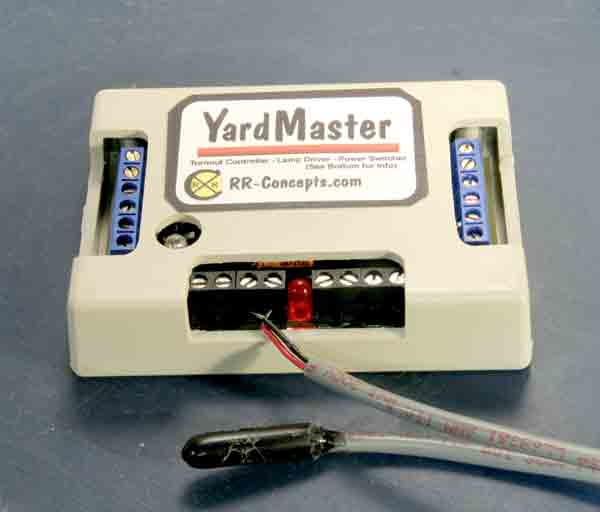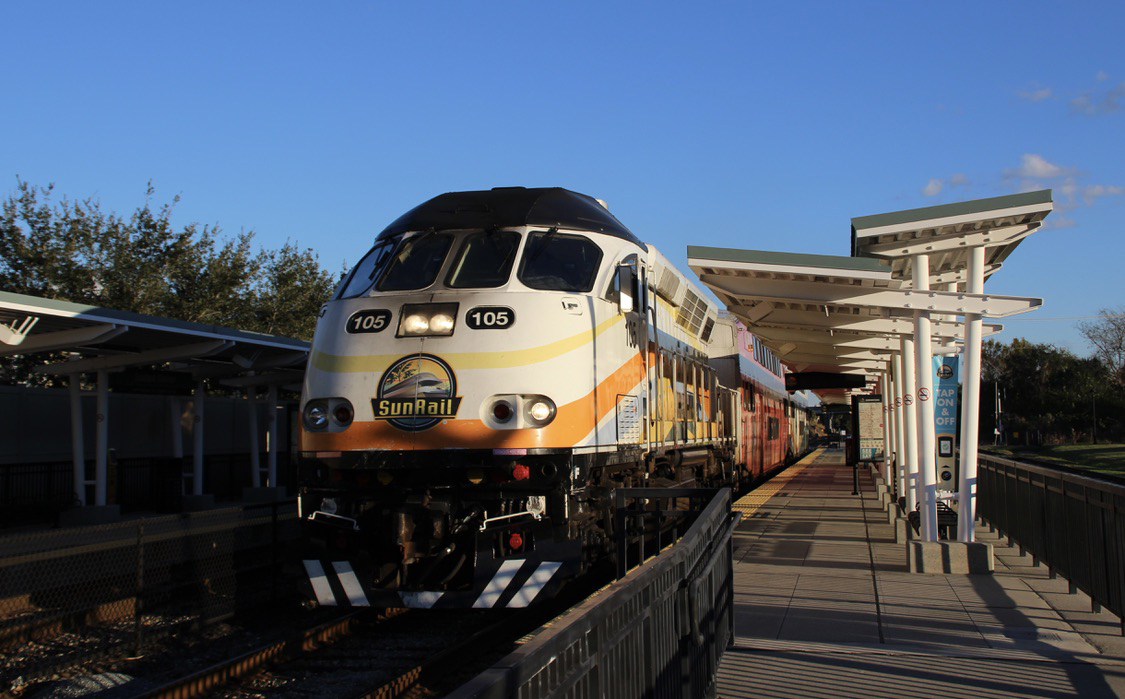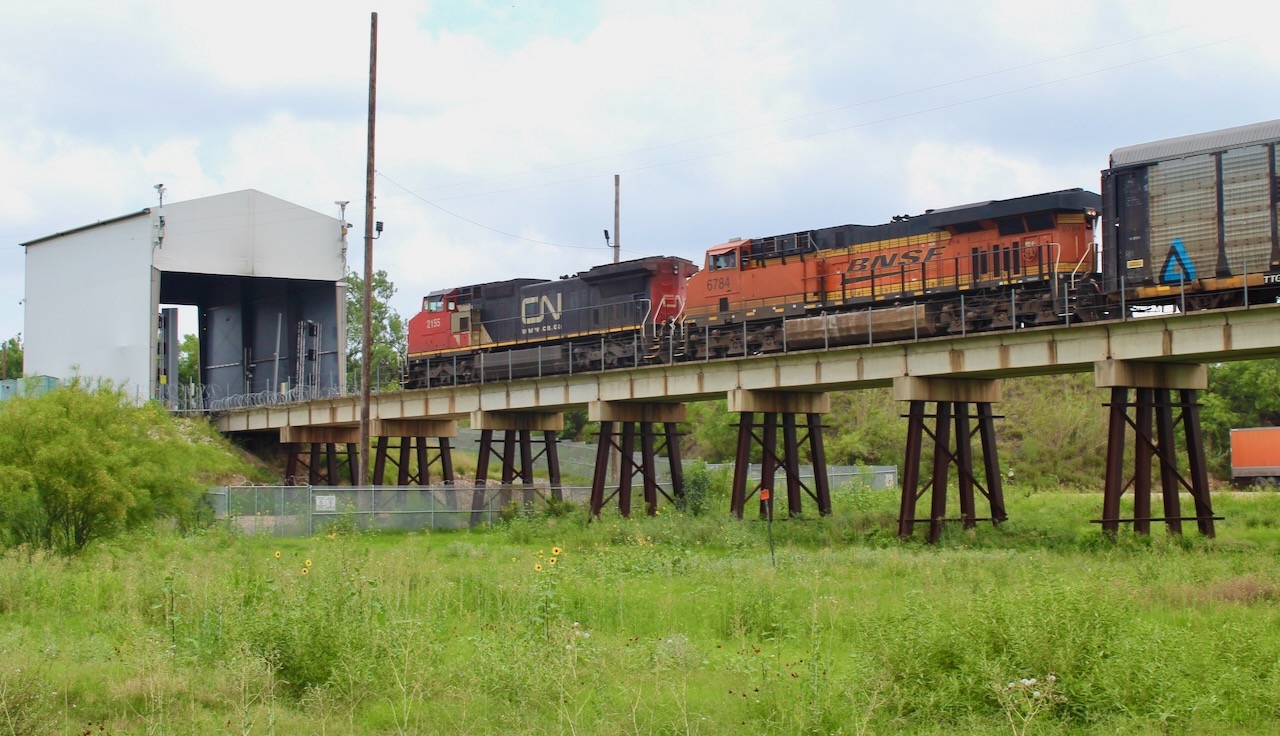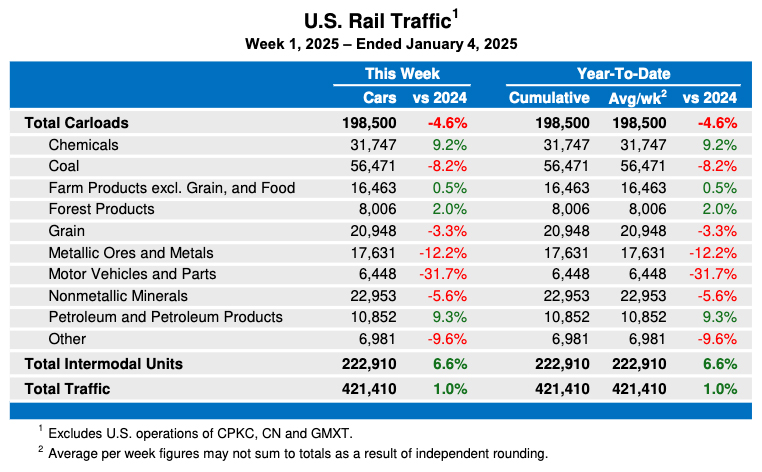“Yard Master” automated control box
RR-Concepts
1357 Hodges Rd.
Oceanside CA 92056
Price: $55
Web site: www.rr-concepts.com
Automatic control box for controlling switches, station stops, reverse loops, point-to-point operations, signals, or various combinations; based on magnetic triggers
Pros: Versatile control allows for many different applications; simple wiring; clear instructions
Cons: Abrupt station stops; signal control uses common ground and may not work with some LED-based signals
This small box (around 3″ square by 3/4″ tall) is sort of a general contractor when it comes to train automation. It can do a lot of things. It may not be as fully-featured as some of the more expensive, single-purpose controls but it’s versatile and adequate for all of its functions. It can control a turnout (switch), a signal, a reverse loop, station stops, passing siding power and switches, or point-to-point operation. You can put two or more together for even more functionality.
The kit contains the control box, two magnetic reed switches with short wire leads attached, and a 1/2″-diameter magnet to be stuck to the underside of your locomotive to trigger the switches. Everything works off of the magnetic switches. Also included is a detailed instruction book showing, in color diagrams, how to hook the up controller for any of its functions. Instructions are simple to follow. Further diagrams and explanations are available on the company’s web site.
Along the edge of the box are 20 screw terminals that make attaching the wires easy. There are also two “status” LEDs that give you a sense of the unit’s operation. The box is not weatherproof, so keep it out of the elements.
I tested the box doing a number of its tasks; automated train control, turnout control, and signal control. Other functions are variations on these themes. I did “simulate” these functions with wires and a volt meter in lieu of track and a locomotive. As I mentioned above, hook-up was simple, following the diagrams in the instructions for each application. For most applications the box is a one-trick-pony, meaning you can use it either to perform automatic station stops or to control a reverse loop, for instance. There are exceptions. For example, you can control lighted signals in conjunction with the automated stopping of trains or throwing of switches.
The magnetic sensors are fairly sensitive. They can be set around 1″ or so away from the magnet and still be triggered. I did find, however, that running the train over the sensor at warp speed failed to consistently trigger it. There is another reason not to run trains fast, though. When the sensor triggers the automatic station stop, it simply shuts off the power. There’s no gradual slow down. That puts a great deal of strain and wear on gears if the train is traveling at a fair rate of speed. It could also lead to derailments if the train has enough momentum. (RR-Concepts does make dedicated controllers for station stops that feature slow-down, but they are more expensive.)
The only other issue I found with this product comes in controlling signals. The unit is wired to use a common ground, then it connects the positive voltage to the appropriate lights depending on the sensors. If the signals use incandescent bulbs, this isn’t an issue. If the signals use LEDs, the signals must also use a common ground. The signals I used for testing had a common positive, with individual connections to ground to light the signals. That’s backwards from the controller, so they didn’t work with it. (I was able to light each LED individually to confirm the operation of the signals.)
All other features worked as advertised. I was able to power switch motors, control track polarity, start and stop trains, etc. Overall, this is a neat little bit of automation in a small package. What appeals to me most is that it’s flexible in terms of its function. It’s great for temporary set-ups such as living-room railroads, Christmas sets, public displays-things that tend to not be the same thing each time you set them up. You can buy one controller and use it at one display to control a station stop, then use it with the next display to control a point-to-point railroad. Its simple hook-up would be great for clubs putting on public shows. It’s a good thing to have in your toolbox for such things. For more permanent installations, it’s equally adept, though I may be tempted to look at RR-Concept’s dedicated-purpose controllers for some functions.














